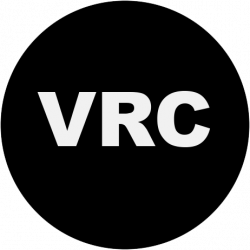Project CHART has recently launched a website for the Brooklyn Visual Heritage project, which will eventually contain more than 13,000 historic photographs and images from the collections of the Brooklyn Historical Society, the Brooklyn Museum, and the Brooklyn Public Library. The Brooklyn Visual Heritage digital library is hosted by the Brooklyn Public Library and the Pratt Institute’s School of Information and Library Science collaborated on the project as well.
One of the primary goals for the BVH website is “focusing on the digitization of historic images of Brooklyn and making them easily accessible to a broad and diverse audience.” In addition to searching across institutions or limiting your search to a specific institution, the website also provides access to discrete archival collections and thematic groups. While enlarged images are available for viewing on the website, they all bear a digital watermark (there is an option to purchase images without watermarks). The three-year-long project, nearing the final stages, was developed through an IMLS grant.
For more information, and to explore the collections, visit Brooklyn Visual Heritage.

